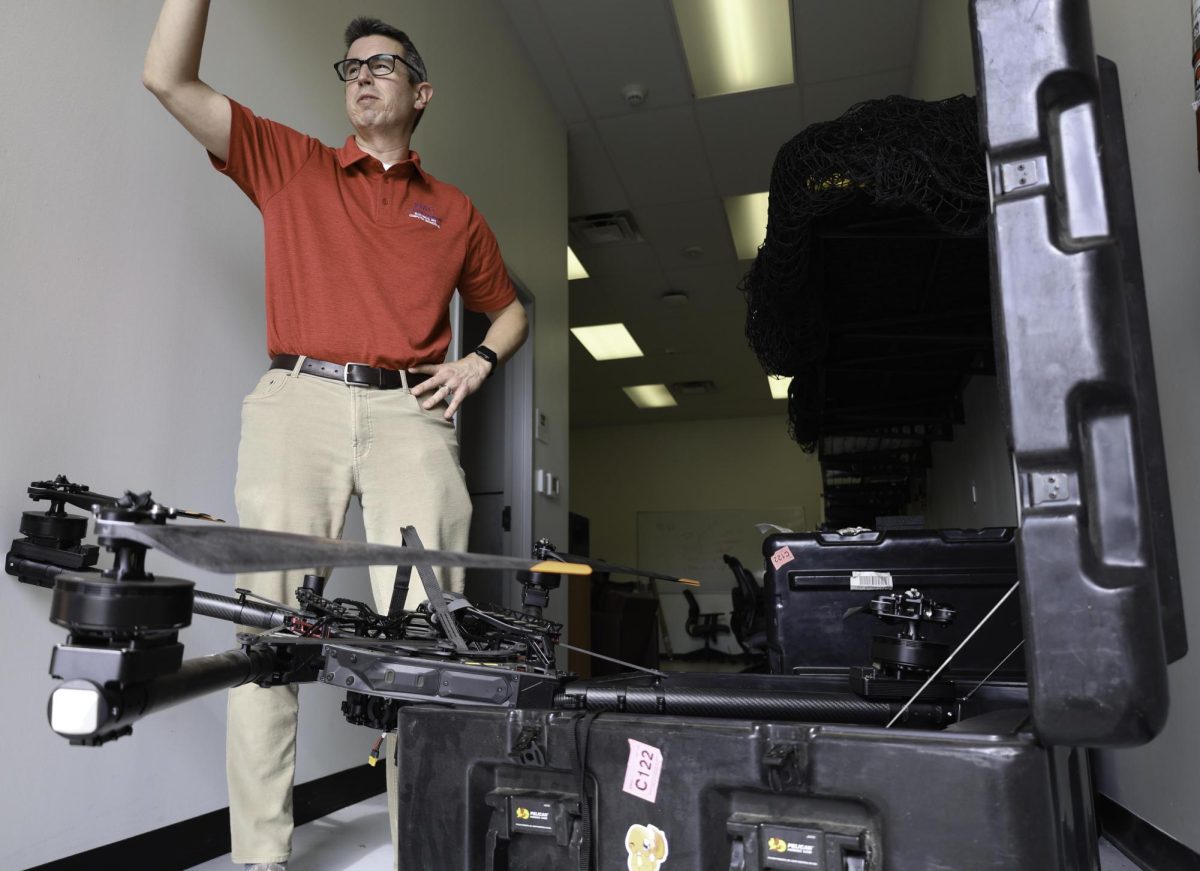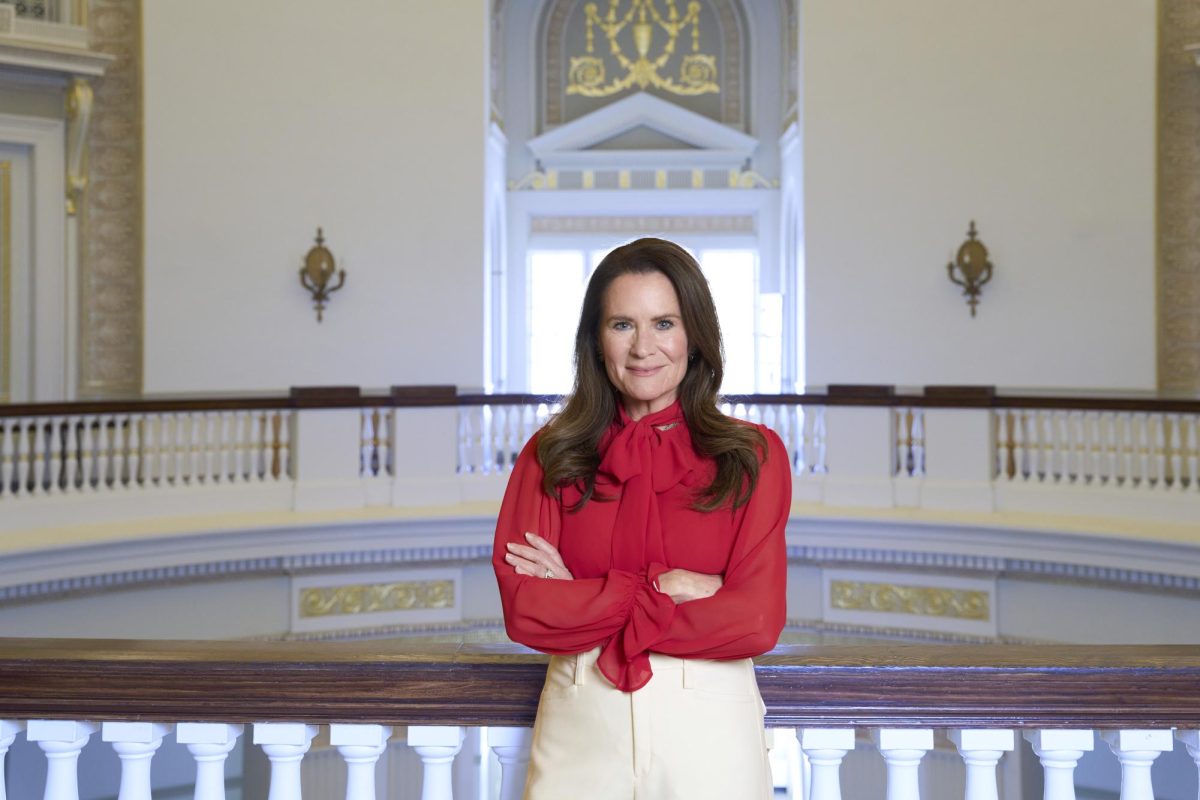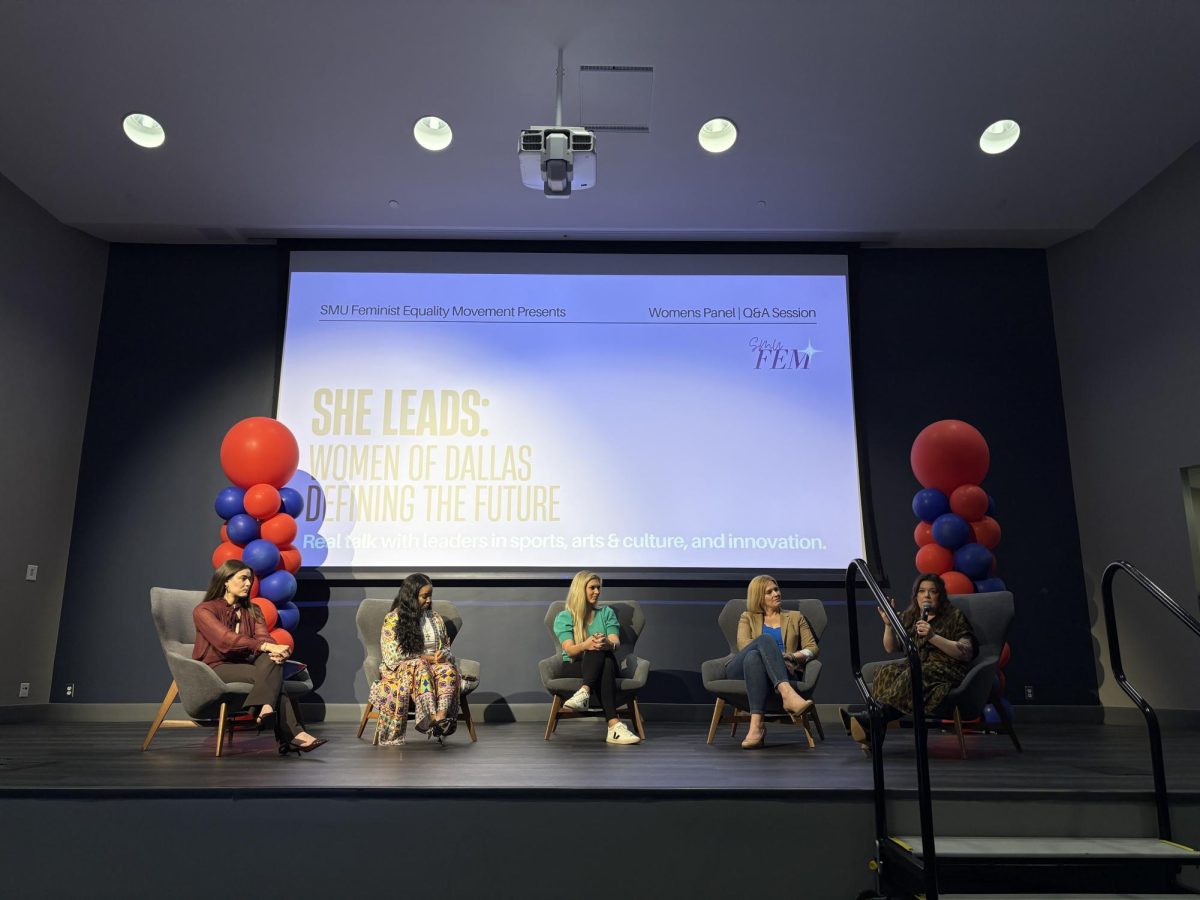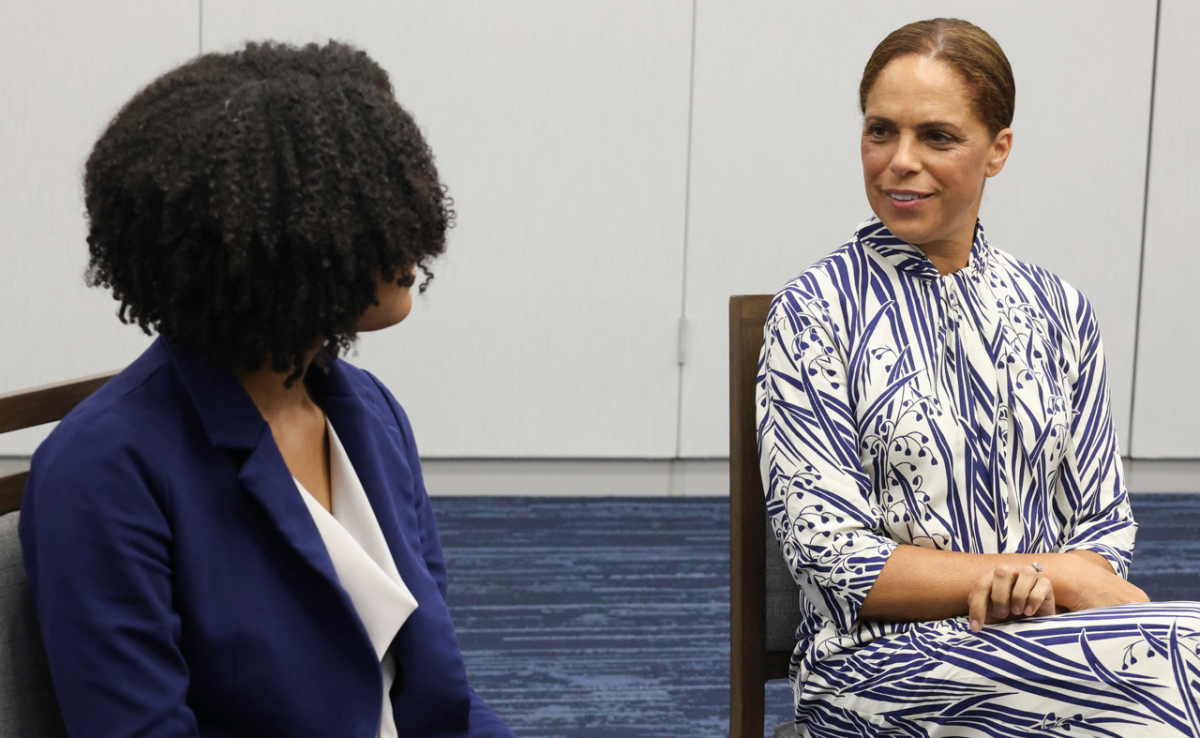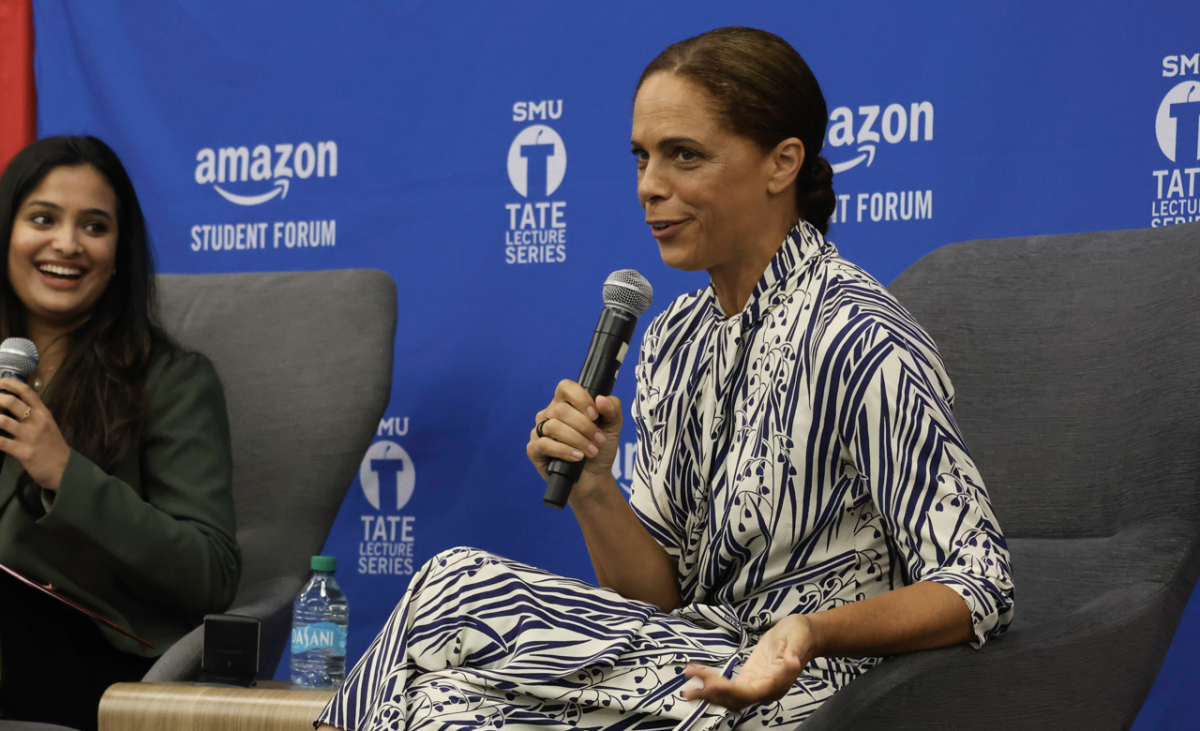In any campaign, there are many voter blocs to contend with, but none is quite as big as the women’s vote.
Women make up roughly half of the population. According to txredistricting.org, in the 2012 presidential election, women were about 60 percent of registered voters to men’s 56 percent. In voter turnout, women cast 55 percent of the vote while men cast 45 percent.
Nationally, the majority of women tend to vote Democratic. However, Texas women vote overwhelmingly for Republican candidates. This contrast shows that the women’s vote is about as diverse as the men’s vote. Treating the women’s vote as a single bloc is not politically realistic.
“Women are more Democratic than men are by anywhere as little as two or three points to as much as 10 or 12 points, depending on the election,” said Matthew Wilson, associate professor of political science at SMU.
According to the Roper Center, 55 percent of women voted for President Barack Obama in the 2012 election. Meanwhile, about 44 percent voted for Governor Mitt Romney. This difference was also present in the 2008 election results. However, in 2004, there was only a 3 percent difference in votes women cast for Senator John Kerry and President George W. Bush.
While nationally, women seem to be slightly more democratic, women voters in Texas tend to be much more Republican. In the 2012 election, only 10 percent of Texas counties went blue, according to POLITICO. About 57 percent of votes cast went for Romney. In 2004, Bush won 61 percent of the vote in Texas.
Considering these overwhelming victories for the Republican Party, it is logical to conclude that a majority of Texas women consistently vote for conservatives.
“Texas women are about as likely to be Republican as Texas men,” Wilson said. “And Texas is quite conservative.”
SMU senior Camille Smith grew up in a conservative household in Texas. Upon reaching voting age, she realized she agreed with much of the Republican platform and became a member of the party.
“I think most people are born and raised,” Smith said. “Most of my friends are that way.”
Alex Day, president of SMU’s Women’s Interest Network, is also a Texas native. Unlike Smith, she strongly identifies with the Democratic Party.
“The Democratic Party embraces values that are important to me,” Day said. Access to affordable health care and environmental policy are a couple of issues she believes the Democrats handle better.
Among women, Wilson believes the most polarizing demographic is between married and unmarried women.
“Dramatically more married women are Republican than unmarried women,” he said.
Other factors also intersect with this demographic. Minority women are mostly unmarried and tend to vote in favor of the left. Additionally, the older a person is, the more likely she is to be conservative. A lot of older women tend to be married.
Marriage and women was a hot topic just before the Texas 2014 midterm election. Texas passed a new voter ID law that many claimed was structured to prevent women from voting.
The new law required every voter to have a photo ID at the poll. The name on the photo ID must exactly match the name on the person’s voter registration card.
“This could have caused some problem for women because we change our names,” said Lynn Stokes, SMU professor of statistical science.
Stokes performed a study on the impact of this law during the 2014 election.
As it turns out, the impact of this law was very small. Only 1 percent of voters were turned away from the polls and all but one of those were women. However, this number does not include those who chose not to show up at the polls at all because of the new law.
“Most voter ID laws have very little impact,” Wilson said. “Most people who want to vote will find a way to do it.”
The difference between married and unmarried women is not the only demographic which shows diversity within the women’s vote. Generally, minorities are much more liberal on family values issues. Also, younger people are more likely to vote for liberals than conservatives.
Considering these various factors, it is not politically salient to treat women as a single, massive voting bloc. The results of the 2014 Texas gubernatorial election highlights this issue.
“I think one of the main reasons Wendy Davis was nominated by the Democrats was that she possibly had a great appeal to white, suburban women,” Wilson said.
Greg Abbott beat Davis with a 20 percent margin, according to the Texas Tribune.
“Some expected women to part with their husbands on election day and vote for [Davis],” said Cal Jillson, professor of political science and Texas politics specialist, “but it’s obvious from the election results that that didn’t happen.”




